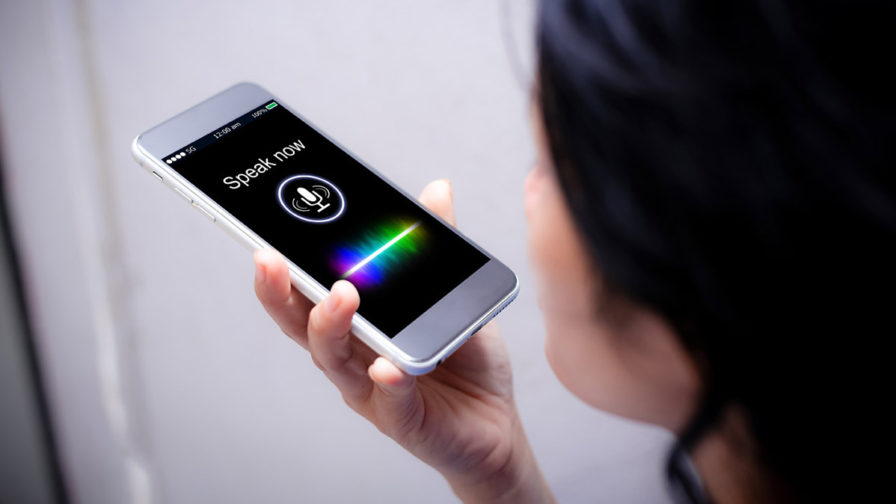
The “voice first” approach is gaining more and more followers every day thanks to the boom of voice digital assistants. In this ecosystem, Google Assistant is one of the undisputed leaders, so we brought you a video that will definitely be useful for those who want to dig a little deeper into the world of voice first.
This kind of solution is much more than just taking a pre-existent visual-based application or product and then converting it into sound automatically. Instead, this approach needs a change in the way things are done from the design stage. This is a new way of developing solutions, based on hoy users will interact, ask, search, and, behave when interacting with another voice.
In the video below, Dr. Aygul Zagidullina (GDE for Assistant • GDG/WTM London) will take you through five key points to create a real voice-guided experience and the main aspects that differentiate it from a screen-first methodology.
You will learn how to create engaging experiences for voice, the next major disruption in computing.
Dr. Aygul Zagidullina (GDE for Assistant • GDG/WTM London)
Watch the video below:
[jwp-video n=”1″]
Assistants boom
Virtual assistants are a technology that, according to market data, is now a rapidly growing asset. According to Grand View Research, the global market for intelligent virtual assistants will have a value of 52 billion dollars by 2028, with a CAGR of 28.5% in the next 7 years.
But this rise will also depend on how well the voice assistant technology is able to cope with some difficulties that users and companies are finding worldwide. For example, this is not the most normal format for shopping, and here’s where these kinds of applications have much room for innovation and advancements.
For example, according to the Liverpool Business School, although shopping through voice assistant applications is on the rise, the kind of products and shops available for users is still very limited. Users tend to use it to buy simple products (such as ordering a pizza or ice cream) but not for more complex products where they need some more in-depth knowledge or details before making the buying decision.
On the other hand, many people are also concerned about privacy, cybersecurity, and data loss, and how companies might be using their conversations.
Build your own digital assistant with Python
As of today, Python is one of the most used languages in programming worldwide due to its simplicity and versatility, and this is no exception when it comes to building digital assistants.
Of course, it will take a seasoned team of developers to code something as complex as SIRI, but Python is a good starting point if you want to start with a basic experiment. You will surely need a text-to-speech package such as Google Text-to-Speech, an audio playback package, and a speech recognition package such as PyAudio.
Here’s a very useful guide for getting started!
More about voice assistants
If you are interested in developing your skills with assistants and other digital assistants, we also recommend you the following articles:
Skills for working with digital assistants
7 Best Ways Chatbots Can Help You Generate a Better User Experience
Why Python Is a Great Tool to Build a Digital Virtual Assistant
Voice Control: Building Your Voice Assistant




